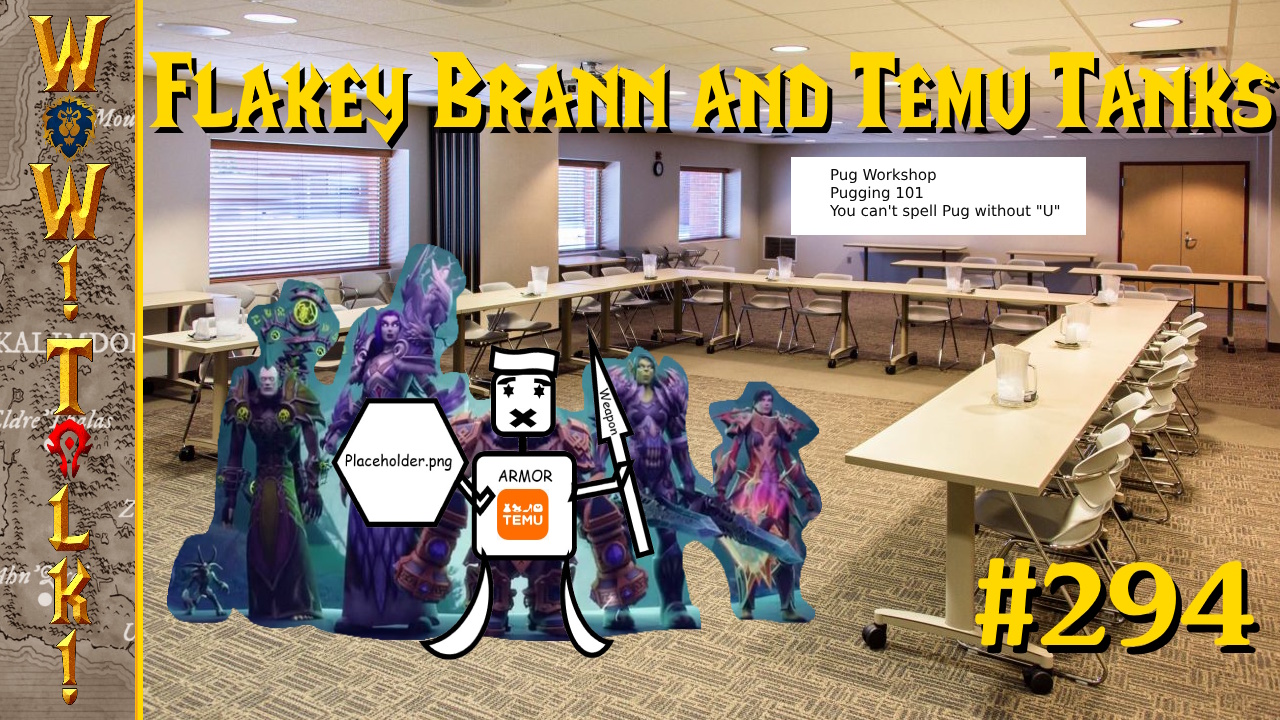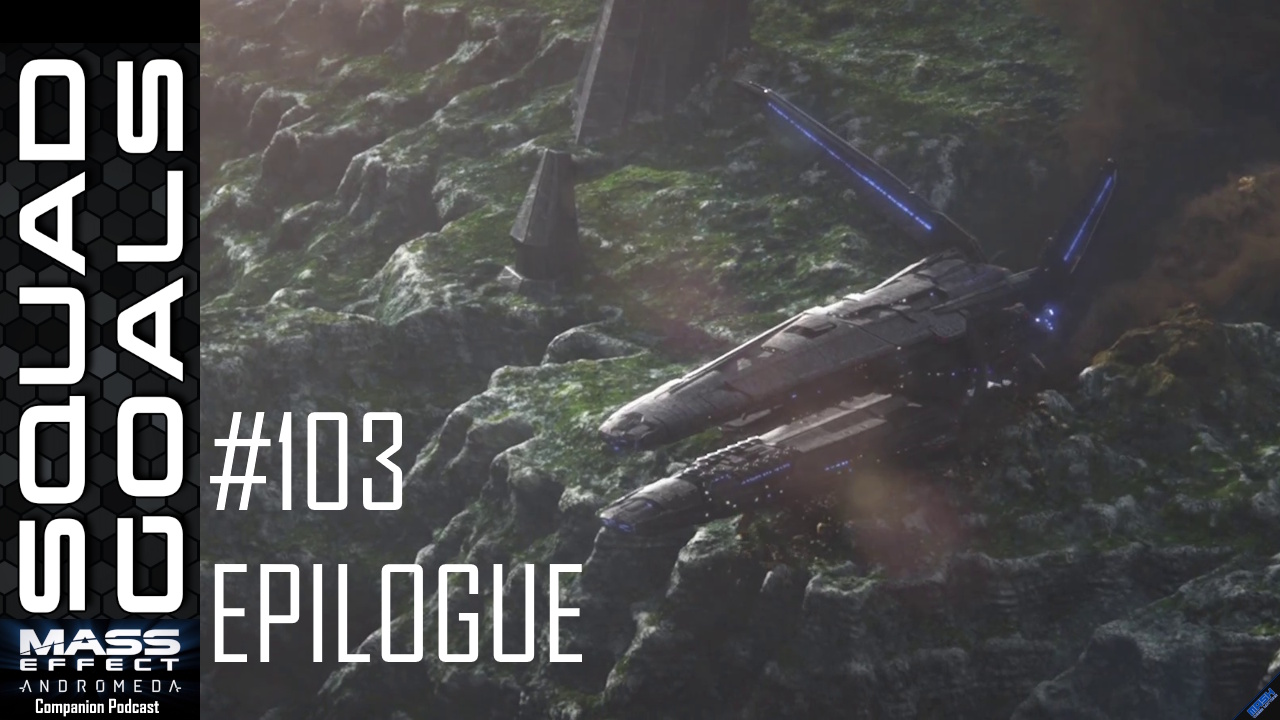
Developer WhileTrueFork hesitates to call System Protocol One a “Tower Defense Game with a Twist”, but I’m going to go ahead and call it just that; because there’s nothing wrong with that. Period. SP1 takes the grid of a typical tower defense game and warps it in 3-dimensional space; hence the twist.
For those unfamiliar, Tower Defense is a sort of sub-genre of real-time strategy, wherein the player must erect a series of defensive positions in order to destroy waves of enemies before they reach a certain location. Enemies come in several flavors ranging from basic to stealthy, speedy, tough, etc. In the case of SP1, these enemies are invading “viruses” that you as the “sys-admin” must defend your servers against. The style resulting from this theme is decidedly “tron-esque,” with colorful wire-frame models and an energetic techno/electronica soundtrack (more on this later).
System Protocol One provides a set of optional (but very useful) tutorials with text instruction from a snarky “manager” of sorts who shows you the ropes. I found these to be both amusing and almost essential as the games UI tends toward the Spartan side. I got the impression that while this type of game usually carries a “casual” moniker, the target audience here is a more hardcore fan of the genre who will make full use of keyboard shortcuts over clicking.
Once you’re ready to dive into the game proper, you’ll start with a basic grid map and then branch out to a series of sections grouped by general shape or play characteristic. Examples include flat planes, cubes, ring-like structures, and the mysterious “guacamole” branch. You may strike off in any direction from the start and switch or go back for higher scores on a previous level at any time.
After selecting a level you can move immediately to the task at hand: placing towers (or intrusion defenses in this case). System Protocol One provides a dozen or so tower types, enabling a wide variety of strategies and play-styles. Towers are grouped into three basic categories: those that shoot at range and can shape the path of viruses, “floor” types that must be passed over directly and do not block squares, and utility towers. The latter provide bonuses such as scanning or passive walls that do not consume “RAM”. Available RAM limits how many towers can be built at one time (excluding walls), and enforces careful thought to placement and upgrade timing. RAM may be upgraded by placing a specific utility tower, which may be further upgraded, but it doesn’t come cheap. In addition, certain towers have activated abilities that add a layer of complexity and give the player something to do other than sit back and watch when he/she has spent all available “cache” for that wave (yes, bad puns abound).

So there we have it: all the basic ingredients of solid tower defense play with a new twist and some added depth. As a fan of the genre in general I welcome these innovations, and for the most part enjoyed my time with this game. I did however encounter a few issues that should be noted. Chief among these is difficulty; the first level wiped the floor with me on normal, and for the sake of experiencing more of the game I cranked it all the way down to easy. Even then I tended to leak bosses regularly. I have a feeling that a player entirely new to the concept of tower defense might get very frustrated very fast.
These issues are compounded by what I found to be a rather sparse UI. Placing towers requires digging through sub-menus on a small bar that could easily have covered the entire bottom of the screen without detracting from the experience. It almost feels as though the interface was designed for a much smaller display setup, and doesn’t scale well to a typical wide-screen monitor.
Lastly, as mentioned above the game includes a touted soundtrack by Viral Culture. At first blush the music is promising: Viral Culture is very talented and the style is a perfect fit for the game and its overall theme. However, try as I might I could only detect two distinct tracks that alternated the entire time I played, and even now as I let it run in the background. I suppose it’s possible that later levels feature other tracks, but overall it seems an odd application of Mr. Lagoon’s gifts. Even more strange, the audio options offer a “dynamic” mode that promises to make the music sound “panicked” if you’re losing. What it actually seems to do is play more than one track at a time, which just sounds bad.
Overall, I feel I can safely recommend System Protocol One to any fan of the tower defense genre. Despite it’s flaws its well worth the $9.99 for a refreshing take on an old format. However, for a player that is entirely new to the concept it has the potential to be very frustrating and inaccessible and I might steer them elsewhere.
[nggallery id=104]




